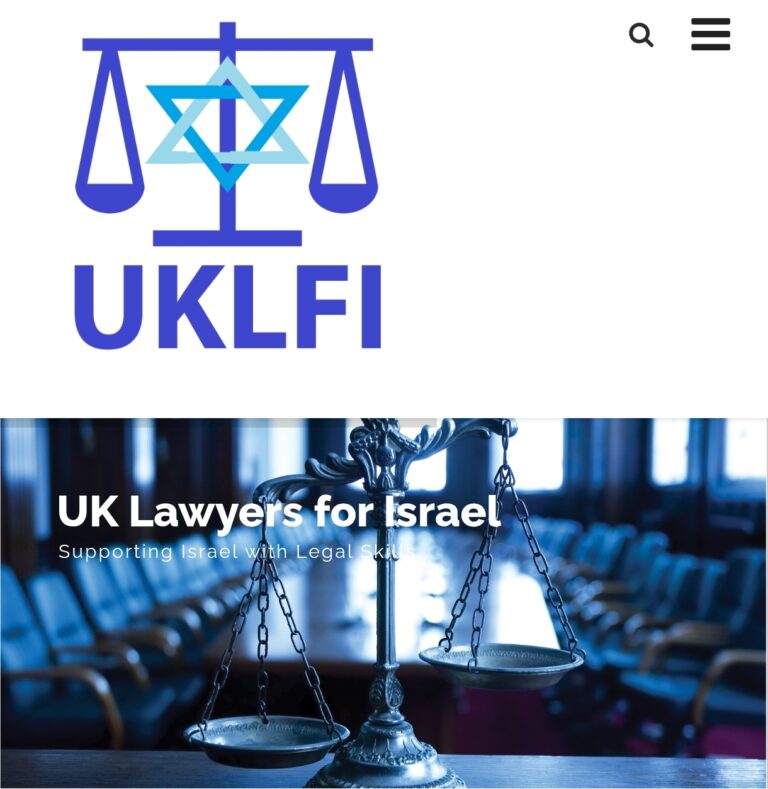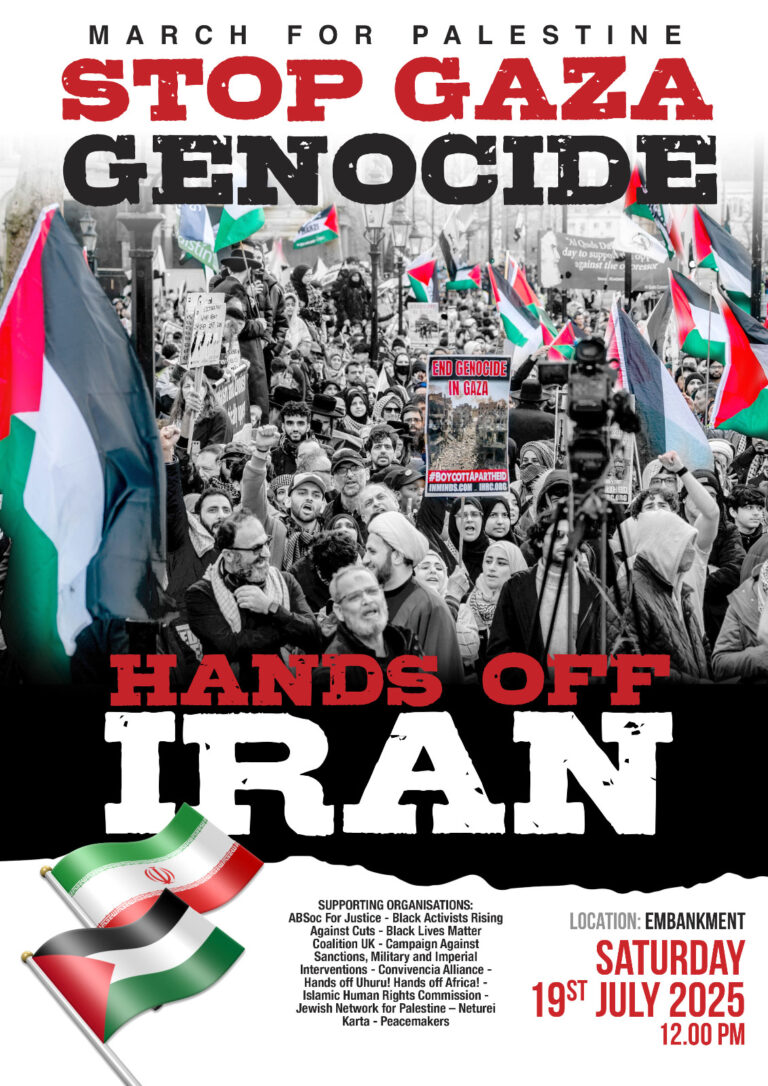————————————————–
Islamic Human Rights Commission
————————————————–
24th March 2003
TAJIKISTAN’S CIVIL WAR AND POST-1997 EVENTS
Tajikistan is the poorest nation in Central Asia, with over 80% of the population living in poverty. Since its 1992 independence Tajikistan has been plagued by epidemic unemployment and a collapsed economy. Ravaged by rampant hyperinflation and corruption, and cronyism widespread, Tajikistan has entered a precarious period in its young history.
From 1992-1997 Tajikistan embarked on a bitter civil war, which extracted a devastating toll on the Tajikistani populous. Out of an estimated six million strong population, 50-100,000 were killed. In addition 500-700,000 refugees and 55,000 child orphans resulted.
ETHNIC AND REGIONAL FACTORS
Beset by regionalism, which fall along ethnic fault lines, Tajikistan is divided in five regions, emitting linguistic, ethnic, religious, cultural differences that contribute to the mosaic that is Tajikistan. It is these regional and ethnic factors that inform both opposition support and the elite struggle for power. Government strongholds are centred in the northern Leninabad Oblast, from where Tajikistan’s former communist elite were drawn from, and the southern Khatlon Oblast, southern Tajikistan, covering the important Kulyab area and clan. Opposition support is centred on the eastern Gorno-Badakhshan Oblast, predominately populated by the ethnically distinct Pamiris, adherents to the Ismaili (religious) sect and the Republican Subordinated Rayon, central Tajikistan, covering the Garm Oblasts, resident to the Garmi ethnic group.
NABIYEV TO RAKHMONOV: FROM INDEPENDENCE TO CIVIL WAR
From its 1991 independence, Tajikistan has been enveloped in political instability. Tajikistan’s first post-independence president, Kadreddin Aslanov, was removed by the former ruling Communist Party, installing former Communist Party secretary, Rakhmon Nabiyev, who immediately embarked on an authoritarian campaign to stifle Takjikistan’s emergent opposition.
Suppression of democratic opposition
Throughout 1992, numerous anti- and pro-government demonstrations took place across the capital, rapidly degenerating into bouts of serious violence. The severity of the clashes forced Nabiyev to form a coalition government, with the admission of Islamist and secular reformist opponents. However, the incipient coalition government was immediately dismissed by the former communist elites entrenched in the Leninabad and Kulyab regions. Following this, several opposition groups were banned.
Summary executions and acts of terror
With this, a resurgent violence spread from Dushanbe to the Tajik countryside. By summer 1992 Tajikistan had slid into civil war, with pro-government forces indulging in regio-ethnic reprisals (primarily against Pamiri and Garmi groups) linked to opposition support. A predominant feature of pro-government reprisals was the systematic destruction of ethnically distinct villages and neighbourhoods, with reported civilian massacres and summary executions. One example, highlighted by United Nations Mission of Observers to Tajikistan and the International Committee of the Red Cross, was the Kofarnihon raid. Here government forces killed an estimated 35 civilians, burning residential buildings and attacked persons perceived to be opposition sympathizers. The government’s ethnic cleansing program resulted in the displacement of hundreds of thousands of refugees. Disturbingly, even post-February 2000 parliamentary elections, elements of the ‘security forces’ have continued to indulge in extrajudicial killings, often extorting, kidnapping, torturing, and inflicting wanton violence against civilians with impunity.
By September 1992, in response to the coalition government’s inability to govern, the opposition forced Nabiyev to resign. Again the Communist-controlled parliament intervened, launching a de facto coup. Abolishing the office of President, the Communist bloc installed Imomali Rakhmonov, a minor technocrat, plucked from relative political obscurity, as Chairmen of the Supreme Soviet. One of Rakhmonov’s first measures was to call for the intervention of Russian and Uzbekistan troops whose military intervention especially that of the latter enabled Rakhmonov’s new regime to re-assert complete control over Dushanbe and enact ethnic reprisals against Pamiri and Garmi residents, with many murdered or ‘disappeared’.
POST-1997 PEACE ACCORD
Government’s disingenuity towards the peace process and Tajikistan’s infant democracy
In June 1997 the ‘United Tajikistan Opposition’ (UTO), comprised of several opposition groups, including the ‘Islamic Renaissance Party’ (IRP) and Rakhmonov’s government agreed a cessation of hostilities, culminating in the ‘General Agreement on the Establishment of Peace and National Accord’ (here in after referred to as ‘General Agreement’). The brokered peace deal entitled the UTO to 30% of government seats, with the IRP taking the lion’s share. But, the government’s insincerity towards the agreements forged out of the peace process was to be demonstrated in the 1999 Presidential and 2000 Parliamentary elections, which were marred by flagrant electoral fraud and irregularities aimed at preventing the formation of a viable democratic opposition. This follows a post-peace pattern of authoritarian re-entrenchment. Bolstered by western support for his regime and the events of post-9/11, Rakhmonov had sought to renege on the provisions of the General Agreement. By 2001 prominent UTO members had been purged from the government, followed by 2002 public denunciations of the IRP, as Islamic threats to Tajik society, with a number of former opposition activists sentenced to death during the year. However, it is disingenuous measures such as these that have incited widespread public disaffection in Tajikistan’s post-war environment and have done more to bolster the credibility and support of the opposition, especially the IRP. Spurious attempts at scaremongering in trying to assert fictitious links between the IRP and other Central Asian movements, such as the ‘Islamic Movement of Uzbekistan’ and ‘Hizb ut-Tahrir’, have contributed to the erosion of Rahmonov’s credibility. The IHRC believes the real motive behind such attempts to finger a ‘fundamentalist coalition’ is to justify any impending crackdown on the IRP and other Islamist groups.
Government attacks on religion
Attempts to break religious authority and provoke divisions within the UTO, the secular government have enacted measures to fragment Tajikistan’s Muslim population. Through the government-controlled State Committee for Religious Affairs, a Council of Ulems , consisting of state-controlled theological scholars, has been created, replacing the abolished office of Muftiat (the de facto head of Tajikistan’s Muslims) and heads of regional and district mosques. Added to this, events in Isfara, northern Tajikistan, have witnessed an aggressive and politically motivated programme of forced mosque closures and removal of over 20% of imams, and the expulsion of IRP members from the national cabinet, seem to allure to the possibility of an impending crackdown, especially in the run up to the 2005 Presidential and 2006 Parliamentary elections. This possibility should not be easily dismissed, as Rakhmonov has a track record of turning on coalition partners. Rakhmonov, a Kulyab, in an ethnically-motivated break with his Leninabad partners, has shown a taste for ruthlessness. In November 1998 the younger brother of Abdumalik Abdullajonov, former prime minister and Leninabadi rival, Abdulkhafiz Abdullayev was executed, convicted of having plotted to assassinate Rakhmonov.
CONCLUSION
The origins of Tajikistan’s civil war in the rejection of the 1992 coalition government by the Leninabad and Kulyab regions and the subsequent rise of Rakhmonov highlight the intersection between elite centres, ethnicity and regionalism. Government strongholds emanating from the former communist elites of Leninabad and Kulyab pitted against the eclectic opposition coalition of Islamists, nationalists and democrats, their desire for political and socio-economic reform and the expectations of their supporters, primarily drawn from the Garmi and Pamir areas reveals the regio-ethnic splits that has dictated developments in Tajikistan, the former communist elite’s thirst for power and their adamant desire to retain an authoritarian, secular framework for Tajikistan.
Opposition participation
Tajikistan is an artificial constitution of the former Soviet Union. With localism as the dominant determinant of identity, a universal sense of being ‘Tajik’ is weak. Owing to the fragmentary nature of Tajik identity, Islam has emerged as the only stabilising factor, an anchor and reference to which mass mobilisation can coalesce around, with the Islamist movement remaining the principle opposition. IHRC adopt the view that Tajikistan’s multi-faceted opposition remain, perhaps, the only body that can provide the needed checks and balances to the secular camp, and prevent the government from further reneging on the concessions forged out of the Commission on National Reconciliation and the resultant General Agreement. IHRC further calls for the re-admittance of the UTO to the national government as agreed under the terms of the ‘General Agreement’. IHRC believes that the participation of the opposition in mainstream governance is essential to the consolidation of the evolving peace accord.
An era of political repression?
Rakhmonov has been adamant in his desire to circumvent the opposition, and where possible renege on the concessions forged out of the 1997 peace process. IHRC is deeply concerned that Rakhmonov’s jumping on the ‘War on Terrorism’ bandwagon, the recent regional programme of mosque purges and the expulsion of leading IRP figures from the national government, allude to a new round of intensified political repression, especially in the run up to the 2005 Presidential and 2006 Parliamentary elections. The additional effect of such a move, by utilising the ‘War on Terrorism’ would be to garner greater military and financial help from the United States, whose engagement in the region is predicted on the desire to stem the rise of Islam, but with the retained focus on strategic geo-economic interests in Central Asia.



